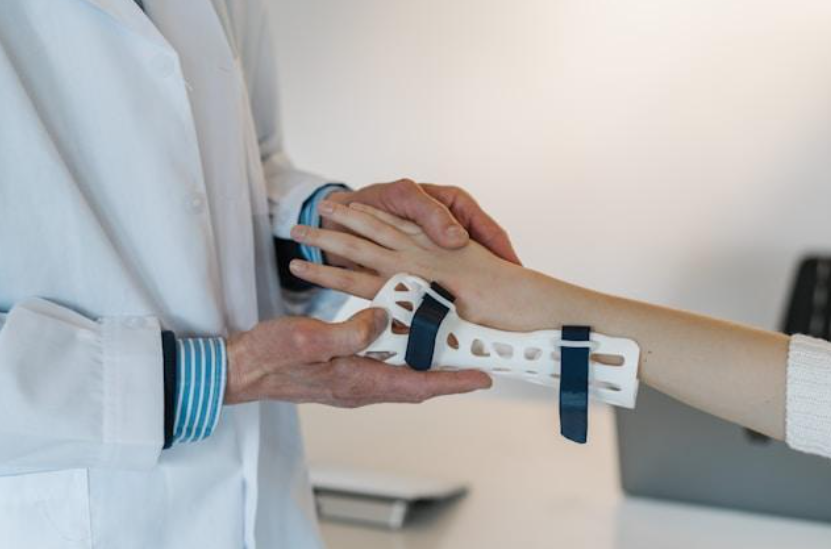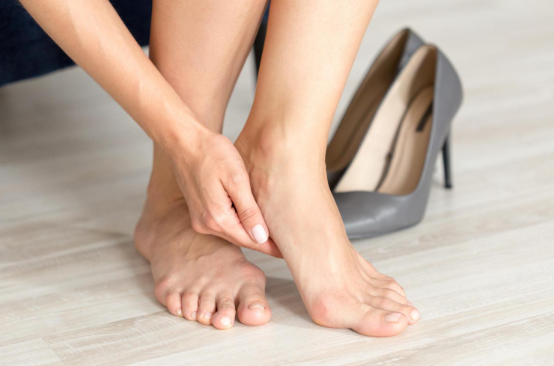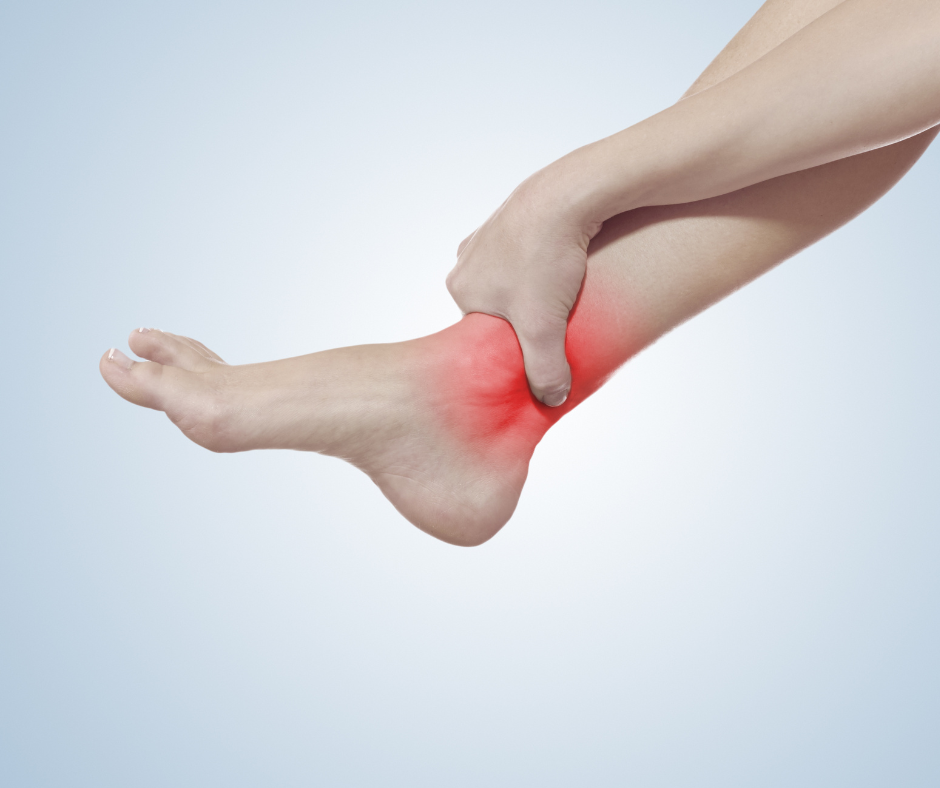EVERYTHING YOU NEED TO KNOW ABOUT MENISCUS INJURIES
Everything You Need to Know About Meniscus Injuries

The meniscus is an important component of the knee joint and is critical to its health and functionality. It is a cartilaginous C-shaped disc that is placed between the femur (thigh bone) and the tibia (shin bone).
Read on as we attempt to investigate the significance of the meniscus and to provide a full understanding of meniscus injuries. We’ve also added information on how to prevent them!
Everything You Need to Know About Meniscus Injuries
Understanding meniscus injuries is critical not just because they are common but also because they can have a substantial impact on one's everyday life—particularly in knee-related activities. Think about how often you use your knee, and then imagine having to deal with pain whenever you do—this is something that should be actively avoided if and when possible.
Luckily, the meniscus's structure is designed for resilience and durability. It is made of a dense network of collagen fibers interspersed with water, giving it both flexibility and strength. This composition allows it to absorb and disperse forces applied to the knee, thus safeguarding the articular cartilage on the ends of the femur and tibia from damage during movement. It also means it can take quite a beating before giving way to injury, though preventative measures should be used in activities that involve a lot of knee usage.
Functions of the Meniscus
Chief among its functions, the meniscus serves as an exceptional shock absorber. When we partake in activities like walking, running, or sports, this remarkable structure excels at cushioning the impact. By doing so, it effectively reduces the stress exerted on the bones, thereby preventing injuries.
Another integral role of the meniscus is its contribution to knee joint stability. By deepening the articulating surfaces between the femur and tibia, it bestows stability that is paramount for maintaining balance. Furthermore, it helps prevent excessive, potentially injurious movements.
Lastly, the meniscus plays a pivotal part in joint lubrication. It reduces friction between the bones, thus enabling smooth, pain-free movement. Without this vital lubrication, the knee joint may become stiff and more susceptible to damage.
Traumatic Injuries
A considerable portion of meniscus injuries can be attributed to incidents occurring within the realm of sports. The sudden and forceful twists, pivots, or direct impacts to the knee, frequently experienced in sports like football, basketball, or soccer, have the potential to result in meniscus tears. These actions, characterized by their high-impact nature, subject the knee joint to substantial stress, particularly when they involve the rapid and frequent changes in direction commonly observed in these athletic activities.
Traumatic injuries arising from unforeseen accidents, including falls, car collisions, or workplace incidents, also represent prevalent factors behind meniscus injuries. The knee joint's vulnerability to direct physical trauma underscores the idea that virtually any accident affecting the knee has the capacity to lead to a meniscus tear or other forms of damage.
Degenerative (Wear-and-Tear) Injuries
Over time, the meniscus may naturally wear down due to the aging process, making it more susceptible to injuries. The gradual deterioration of the meniscus can result from repetitive stress, poor joint alignment, or pre-existing conditions like arthritis.
Risk Factors for Meniscus Injuries
Several factors can increase the risk of meniscus injuries. These include obesity, as the excess weight places added strain on the knees, as well as genetic predisposition, which may make some individuals more prone to meniscus issues.
Additionally, engaging in activities with high knee injury risks without adequate conditioning and protection can elevate the likelihood of meniscus injuries. Understanding these common causes and risk factors is key to preventing and managing meniscus injuries.
Preventing Meniscus Injuries
Incorporating injury prevention strategies into your lifestyle can significantly reduce the risk of meniscus injuries. This includes practicing proper warm-up and cool-down routines before and after physical activities. Additionally, using the right protective gear, such as knee braces or padding, can provide an extra layer of defense for your knees. Avoiding risky behaviors, like sudden, uncontrolled movements, and adhering to safety guidelines in sports and recreational activities, is also essential.
Strengthening Exercises
Engaging in targeted strengthening exercises is a fundamental aspect of meniscus injury prevention. These exercises should focus on building the muscles around the knee joint, including the quadriceps, hamstrings, and calf muscles. A strong support system of muscles helps stabilize the knee, reducing the strain on the meniscus during physical activities. Incorporating activities like leg lifts, squats, and lunges into your fitness routine can enhance knee strength and resilience.
Maintaining Healthy Knee Joints
To maintain healthy knee joints, it's crucial to keep your weight within a healthy range. Excess body weight places undue stress on the knees, increasing the risk of meniscus injuries. Staying active and adopting a balanced diet can aid in weight management. Furthermore, maintaining proper alignment and posture is vital. High heels and ill-fitting shoes can affect knee alignment, so choosing appropriate footwear is essential. Regular check-ups with a healthcare professional can help detect any potential issues early, ensuring timely intervention and preserving the health of your knees.
Are you struggling with meniscus issues? Don't let knee pain hold you back any longer! Take the first step towards a pain-free, active life today. Visit
AZ Ortho, where our expert orthopedic specialists can provide you with the care and guidance you need.
Schedule your appointment
now and get back to doing the things you love. Your journey to healthier knees starts with us!










